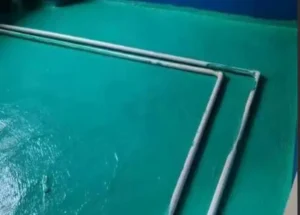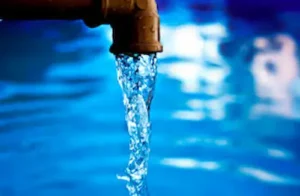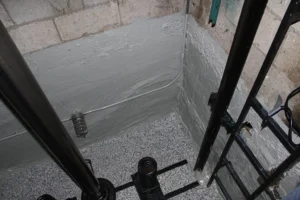Did you know that just 1 inch of still water on your roof weighs over 5.2 pounds per square foot? Even a small puddle no bigger than a dinner plate can suddenly add significant stress due to falling rain, melting snow, or clogged drains—like roof drains, scuppers, and gutters—that should be carrying runoff away. Without proper roof waterproofing solutions, aging membranes or damaged flashing allow this water to linger, pressing down day after day. The result? Strained rafters, sagging sheathing, and leaks that shorten your roof’s lifespan. Investing in reliable roof waterproofing solutions is essential to protect your structure and avoid costly repairs.
Flat or low-slope roofs show up on almost every store, school, and sleek new apartment today. Engineers design them to live and dead loads, yet they rarely factor in the extra weight of the water that just sits there, so repeated ponding ends up a silent threat.
What is Water Ponding?
Water ponding happens any time rain or meltwater lingers on a roof for more than 48 hours. In a healthy system, sloped panels guide every drop toward drains or scuppers before it can collect in low pockets. That is why building codes demand a minimum pitch of 1/4 inch per foot. From there, engineers expect water to slide sideways, not hang around in silent pools. But ill-placed curbs, blocked outlets, or even debris-stuffed gutters can trap it instead.
When a roof is almost flat or its drains get clogged with leaves, broken shingles, or low spots, water collects on top. If the standing water isnt cleared, the extra weight and constant moisture can tear the membrane.
Visible signs include puddles after rain, dark stains where water frequently collects, blistered roofing membranes, or algae growth. Since large volumes of water evaporate slowly, prolonged ponding is a serious issue.
While water may stand briefly after heavy rain, standing water longer than two full days requires evaluation by a roofing professional.
Common Causes of Ponding Water on Low-Slope Roofs
Improper Roof Installation or Replacement
No roof system is truly level; every surface needs a hint of pitch to direct water. Before the 1970s many commercial roofs were made almost flat because inexpensive drains were unavailable, yet no codes now allow that design. Today rules demand positive drainage, so any roof that lacks it cannot move water where it should go.
Picking compatible roofing layers matters too. Tough, multi-ply modified bitumen, for instance, holds up better when water stands on it for days.
Compressed Insulation
Roofs that double as storage pads or carry big HVAC units can squash insulation, creating low spots on the deck. Most low-slope assemblies lack the hidden bracing to bear such weight. Add still water, and those dips deepen and lock in damage.
Improperly Designed or Installed Roof Drains
Drains, scuppers, and leaders have to be sized for storms and placed where debris wont block them. Any miscalculation, bad fall, or stray leaf slows outflow and lets pools form. Joints between low-slope pods and steep sections are trouble magnets if flashing ties are careless, since water drops suddenly and can pile up.
Building Movement or Settling
Over time, buildings shift due to weight, ground movement, or foundation settling. Even small changes can disrupt roof slope, creating low spots where water collects and increasing deck deflection.
Roof-Top HVAC Condensation
Mechanical units can produce condensation that, if not properly piped away, pools on the roof causing damage. Correct condensation drainage is essential.
Restrictions Near Roof Structures
Areas around skylights, vents, scuppers, parapet walls, and roof hatches can trap water if the surrounding surface becomes depressed. Misalignment or degradation of materials around these features worsens ponding.

How to Prevent Ponding Water on Roofs
At Huafeng Waterproof Materials Co., Ltd. we make a full line of top-quality waterproof membranes for low-slope and steep-roof jobs. Our sheets hold up even when drainage isnt perfect, yet the best way to fight puddles is to watch roof pitch and drain layout from the start.
Give every roof the right slope and sound framing so water runs off instead of sitting.
Place drains and scuppers where the buildings shape directs flow.
Where slope falls short, add tapered foam or board insulation to guide water.
Around drains and penetrations, spray or brush on a liquid coat for extra protection at high-risk spots.
Our team is ready to help owners and contractors pick materials, master install steps, and plan draining so ponding doesnt return.
If pooling water worries you, or you simply want solid roof sealing advice, reach out to Huafeng Waterproof Materials Co., Ltd. for friendly, expert service.
For more information or to inquire about our roof waterproofing solutions and waterproof floor paint products, feel free to get in touch with us. We’re here to help!
- Phone: +86 138 6365 6701
- Email: Huafengwaterproof@gmail.com
- WhatsApp: +86 138 6365 6701
We look forward to assisting you with all your waterproofing needs!






